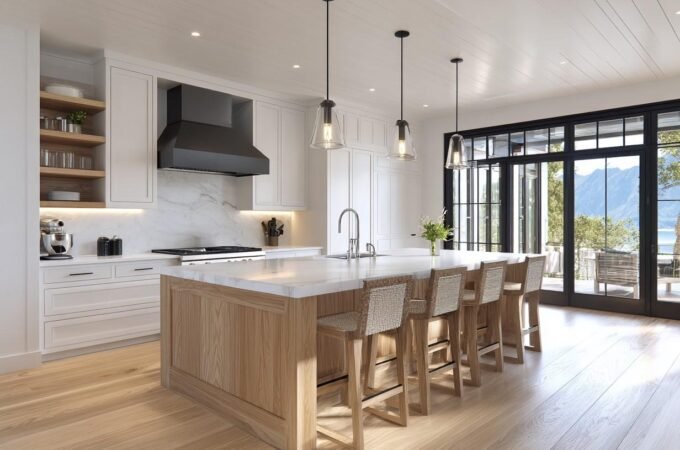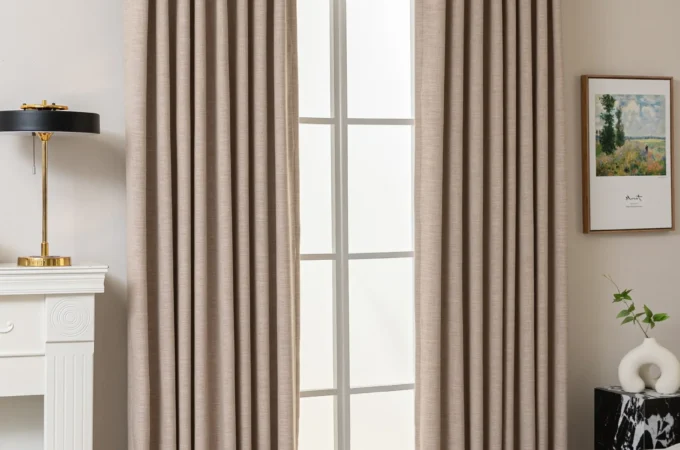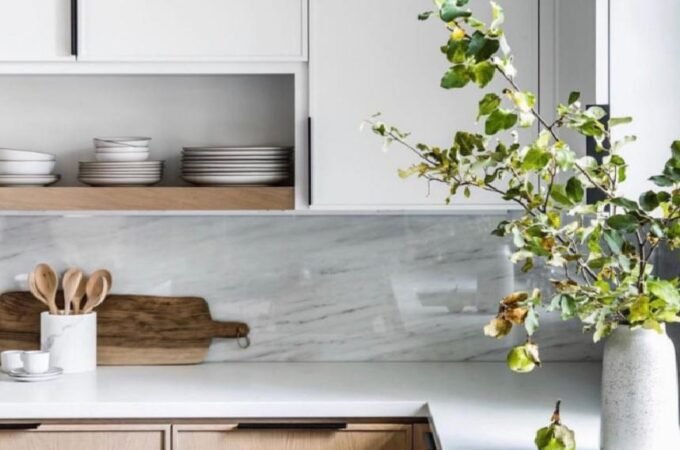
How Tiny Homes Redefine Modern Living: Embrace the Minimalist Lifestyle
In an era where bigger has long been synonymous with better, the tiny home movement presents a compelling counter-narrative. Advocates of this pared-down lifestyle aren’t just cutting square footage—they’re cultivating efficiency, sustainability, and a profound sense of freedom. By embracing the minimalist lifestyle, individuals are discovering the vast potential of living with less.
Tiny homes not only redefine residential spaces but also reflect a growing commitment to environmental stewardship and a conscious departure from the consumer-driven culture. This article will explore how tiny homes are not just a trend but a transformative approach to modern living, shaping new ideas about what it means to create a home.
The Essentials of Tiny Home Living
The core tenet of tiny home living is rooted in determining what is profoundly essential. Residents often find that when they pare down to the basics, the clarity of what truly matters in life emerges. The minimal space encourages the elimination of superfluous possessions, cultivating an environment where every item has value and purpose. Living in such close quarters, tiny home dwellers become acutely aware of consumption habits, reducing waste and living more sustainably.
Mindfulness is at the heart of the tiny house philosophy. Each square inch is thoughtfully considered, from multi-functional furniture to innovative storage solutions. The design of a tiny home is intrinsically tied to the owner’s lifestyle, ensuring that each feature serves a practical function. As the people from clevertinyhomes.com note, begin by assessing your needs and lifestyle and aligning them with the features and functionalities needed in your tiny home. This personalized approach ensures that every inch is optimized, with no space going to waste.
Financial Liberation Through Tiny Living
Transitioning to a tiny home can lead to substantial financial savings. Lower construction costs, reduced utility bills, and minimal maintenance expenses contribute to a less burdensome financial commitment than traditional homeownership. With less space to manage, homeowners can allocate funds towards investments, travel, or activities that enhance their quality of life.
The tiny home movement also aligns with the desire for financial freedom and the ability to allocate resources to experiences over possessions. By minimizing living expenses, individuals can focus on career flexibility, including the pursuit of freelance opportunities or passion projects that might have seemed risky under the weight of a traditional mortgage.
The Social Impacts of Tiny House Communities
Tiny house communities are sprouting up as collaborative spaces where like-minded individuals can share resources and cultivate relationships. These communities often embody the principles of cooperation, sustainability, and collective living. In contrast to the isolating nature of some urban environments, tiny house communities provide a platform for social interaction and support.
The social fabric of tiny home communities is built on shared values and a collective approach to living. These communities often host workshops, communal gardens, and shared spaces that foster social cohesion and community engagement. The interconnectedness of residents in tiny house communities can lead to a richer social life and a stronger support network.
Design Innovation in the Tiny Home Movement
In the world of tiny homes, smart design is crucial. Utilization of vertical space, convertible furniture, and built-in storage are some of the innovative strategies that maximize functionality in limited square footage. Designers and homeowners alike take a visionary approach to make tiny living comfortable and aesthetically pleasing.
The architectural variety within the tiny house movement is vast, ranging from rustic cabins to sleek modern lofts. Each home is often a unique reflection of its owner’s personality and priorities. Every design decision, from window placement to insulation materials, is made with efficiency and comfort in mind.
Environmental Stewardship and Tiny Homes
The environmental benefits of tiny homes are profound. By occupying less space and using fewer resources, tiny homes contribute to a lesser ecological impact. The construction of a tiny home typically utilizes less material, and many builders choose sustainably sourced, recycled, or reclaimed materials.
Tiny homes also lead the way in incorporating green technologies. Many are equipped with systems for collecting rainwater, utilizing solar energy, composting waste, and other sustainable living practices. These green technologies and practices contribute not only to the health of the planet but also to the wellness and self-sufficiency of the residents.
The tiny home revolution is more than a mere trend; it’s a profound shift towards a more intentional and sustainable way of living. It challenges the traditional notions of success by valuing experience, community, and environmental consciousness over material possessions and square footage. Tiny homes invite individuals to reimagine their lives with less clutter and more freedom, both financially and spatially.
As we move forward into a future that demands more mindful living practices, tiny homes stand as a testament to the power of innovation and the enduring human capacity to adapt to and respect the natural world. Through the tiny home movement, many find not only a new place to live but also a new way to live, building happier, richer lives with a lighter footprint on the earth.




